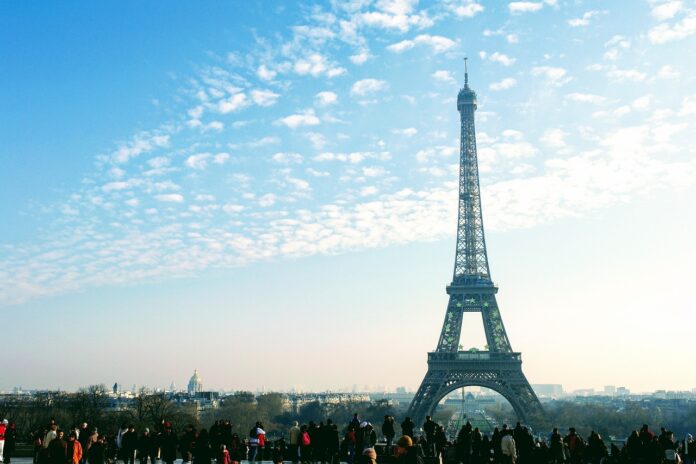The Eiffel Tower, the iconic symbol of the dazzling French capital, has had a long journey to becoming beloved by people worldwide. It wasn’t always as popular, and Paris wasn’t immediately associated with this architectural masterpiece by Gustave Eiffel. The structure has faced challenging times, but after many decades, it has become so ingrained in the city’s identity that it is now one of the most visited landmarks in the world.
Facts About the Eiffel Tower
- Wind Resistance: The lattice structure of the Eiffel Tower allows it to withstand strong winds. During a hurricane, when wind speeds reached 180 km/h, the top of the tower was recorded to have deviated only 12 centimeters from the vertical.
- Initial Rejection: Architect Eiffel decided to build his tower in Paris after the authorities in Barcelona, Spain, refused to grant him permission, considering the project inappropriate and too expensive to implement.
- Quick Profit: Despite the initial rejection, the Spanish missed out—within the first 10 months after opening to visitors, the Eiffel Tower made enough money to completely cover its construction costs.
- Painting the Tower: The total weight of the paint used to coat the Eiffel Tower is approximately 57 tons.
- Eiffel’s Commitment: To persuade the Parisian authorities to give him permission and sponsor his project, Eiffel promised to complete the tower in time for the exposition it was meant for. He even guaranteed it with his own fortune—and he succeeded!
- Color Changes: Over its lifetime, the Eiffel Tower has been painted in various colors, ranging from dark brown, almost chocolate, to bright yellow.
- World War II: When German troops occupied France during World War II, Parisians sabotaged the Eiffel Tower’s elevator to prevent the enemy from accessing the observation deck.
- Saved from Destruction: Adolf Hitler ordered the destruction of the Eiffel Tower as the Germans retreated, but a high-ranking German officer ignored the command, thereby saving the symbol of Paris.
- Climbing the Tower: Tourists ascend to the top of the Eiffel Tower by elevator, though there is also a staircase with 1,710 steps leading to the observation deck—not an easy climb for most people.
- Record-Holder: From 1889 to 1930, the Eiffel Tower was the tallest structure in the world.
- Regular Repainting: The tower is completely repainted every seven years.
- Permanent Color: The familiar color of the Eiffel Tower has been officially established as permanent and is achieved by mixing three different shades of brown.
- Repainting Costs: Completely repainting the tower costs the city of Paris around 4 million euros.
- Estimated Value: The estimated value of the Eiffel Tower is approximately 435 million euros.
- Safety Measures: Around 400 people have committed suicide by jumping off the tower’s observation deck. To prevent such incidents, special barriers have been installed.
- Tower Height: The Eiffel Tower stands 324 meters tall.
- Lightweight Construction: Due to its lattice design, the tower is relatively lightweight, weighing only about 10,100 tons, with around 2,800 tons being the foundation.
- Surface Area: The total surface area of the Eiffel Tower, including all its elements, is about a quarter of a million square meters.
- Public Opinion: Parisians didn’t immediately fall in love with the tower. Many believed it ruined the Parisian skyline and demanded its demolition. Even the famous French writer Guy de Maupassant supported this idea.
- Ticket Printing: The paper tickets for the Eiffel Tower consume about 2 tons of paper daily.
- Component Parts: The tower is composed of 18,038 individual parts.
- Riveting Process: Approximately 2.5 million rivets were used to hold the tower together.
- Temporary Structure: Initially, the Eiffel Tower, built for the World’s Fair, was supposed to be dismantled after 20 years.
- Original Height: Upon completion, the tower stood at exactly 300 meters, but its height increased after a 24-meter antenna was added.
- Eiffel’s Name for It: Gustave Eiffel referred to his creation as the “300-meter tower.” The world-famous name came later.
- Most Photographed Landmark: The Eiffel Tower is the most photographed landmark in the world.
- Visitor Numbers: Over its history, more than 250 million people have visited the Eiffel Tower—100 million more than the population of all of Russia.
- Annual Visitors: On average, around 5-6 million tourists ascend the Eiffel Tower’s observation deck each year.
